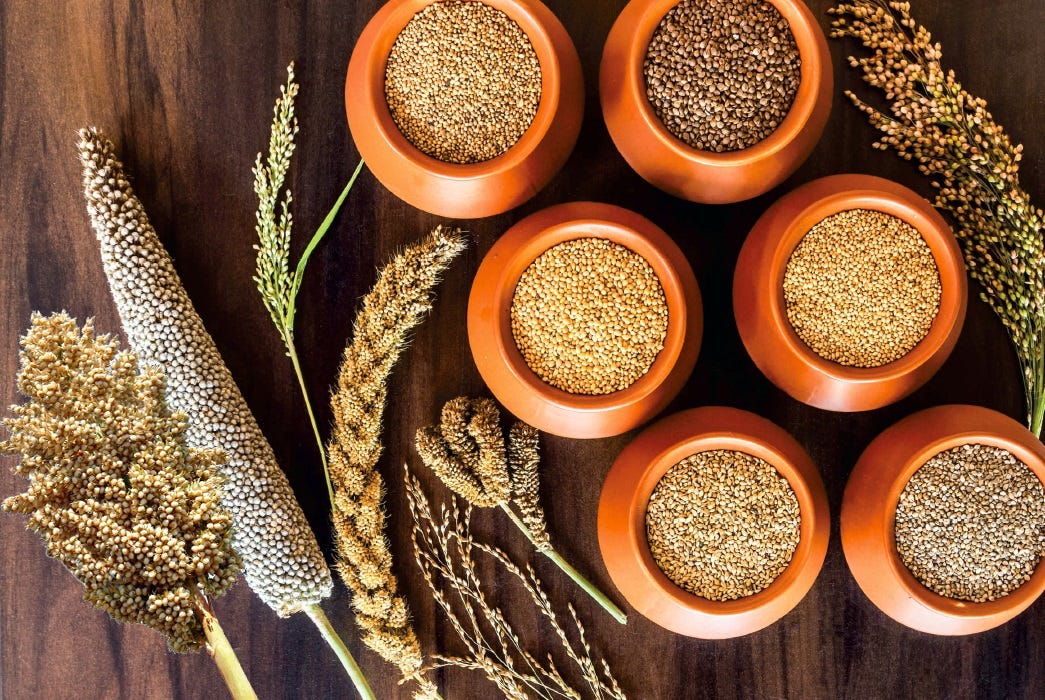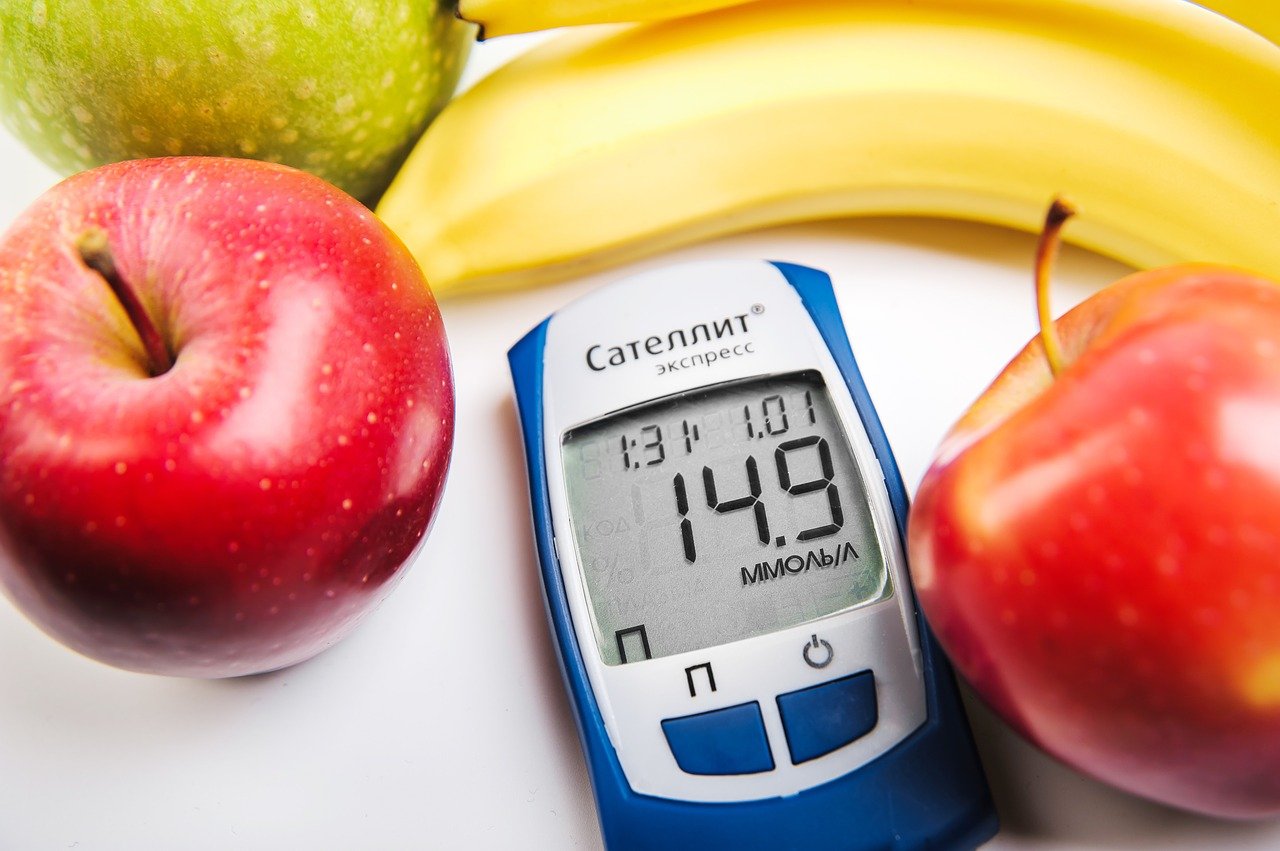Food security is a growing global concern. Even today, many people around the world lack access to sufficient food. Although the United Nations aims to ensure food for all by 2030, we still have a long way to go to achieve this goal. Millets, often referred to as nutri-cereals, have the potential to be key players in addressing food insecurity and malnutrition. They are packed with essential macro- and micronutrients, including carbohydrates, proteins, dietary fibre, fats, and phytochemicals. However, their nutritional value and digestibility are largely determined by the processing methods applied.
Globally, India is the largest grower of millet with 26.6% of the world and 83% of Asia’s millet cropping area. In India, millets have been an integral part of tribal food. Millets are not only naturally gluten-free and nutrient-rich but also provide a substantial amount of protein, essential fatty acids, dietary fibre, and vitamins. They are regarded as crops of the future due to their resistance to most pests and insects, making them well-suited for cultivation in challenging environments such as arid and semi-arid regions across Asia and Africa.
This crop offers several benefits, including fast maturation, resilience to stress and drought, and the ability to be stored for extended periods without being damaged by insects. The designation of 2023 as the “International Year of Millets” has led to a substantial increase in research focused on millets.
How much millet should you eat per day?
According to the ICMR-National Institute of Nutrition, the quantity of millet should be around 33% of the total cereal consumption during the day. For example, for a reference man with sedentary activity 275 g of cereals is recommended including Nutri-Cereals (Millets). So, if you are taking millets, you can take about 1/3rd or 33% (90-100gm of millets per day) of the recommended quantity. If millet is soaked overnight, rinsed, and then cooked, the antinutrient content can be decreased significantly.

Why eat millets?
There are various types of millets, such as sorghum (great millet), pearl millet (Pennisetum glaucum), foxtail millet (Setaria italica), proso millet (Panicum miliaceum), finger millet (Eleusine corcana), Kodo millet (Paspalum setaceum), barnyard millet (Echinochloa spp.), and little millet (Panicum sumatrense). Millets are rich in vitamins, minerals, dietary fibre, calcium, and antioxidants, and are a notable source of the amino acids methionine and cysteine. Unlike other cereals, millets contain bioactive compounds and minerals, including alpha-tocopherol, thiamine, riboflavin, niacin, folic acid, calcium, phosphorus, magnesium, potassium, iron, and manganese. Their consumption offers numerous health benefits, such as lowering the risk of diabetes, obesity, cancer, gastrointestinal issues, and cardiovascular diseases. Additionally, being gluten-free, millets are an excellent option for individuals with celiac disease.

Figure Source
Millets are a rich source of dietary fiber and essential minerals, far surpassing wheat, rice, and many other common cereal grains in their nutritional content. These ancient grains provide a higher concentration of key nutrients like magnesium, phosphorus, and iron, which are vital for overall health. Additionally, their elevated fiber content supports better digestion, promotes heart health, and helps regulate blood sugar levels.

Figure Source
How to use them?
Millets undergo processing before consumption to enhance both their shelf life and nutritional quality. Traditional methods such as fermentation, malting, flaking, baking, cooking, and puffing are recommended to develop innovative, value-added millet-based food products.

Figure: Types of millet processing
- Dehulling: Dehulling of millets involves the removal of the outer husk or hull to improve the grain’s edibility, digestibility, and nutritional quality. This process is essential for enhancing the bioavailability of nutrients and allows millets to be used in a variety of food products. Dehulling also increases the shelf life and marketability of millet grains.
- Milling: Milling of millets refers to the process of grinding the grains into flour or other fine particles to make them suitable for various culinary applications. This process enhances the versatility of millets, allowing them to be used in products like bread, porridge, and snacks. Proper milling helps retain essential nutrients while improving the texture and quality of millet-based foods.
- Fermentation: Fermentation of millets is a process that enhances their nutritional value by increasing the bioavailability of vitamins, minerals, and amino acids while improving digestibility. This method also introduces beneficial probiotics, which promote gut health and adds distinct flavors to millet-based foods. Fermented millet products are widely used in traditional cuisines and modern functional foods.
- Malting: Malting of millets involves soaking the grains, allowing them to germinate, and then drying them, which enhances their nutritional profile by increasing enzyme activity and breaking down complex starches into simpler sugars. This process boosts the bioavailability of vitamins, especially B vitamins, and improves digestibility. Malted millets are commonly used in beverages, weaning foods, and other nutritional products.
- Extrusion: Extrusion of millets is a high-temperature, high-pressure process that transforms millet grains into ready-to-eat products like snacks, cereals, and pasta. This method improves the texture and shelf life of millet-based foods while preserving or even enhancing their nutritional value. Extruded millets are increasingly popular in the production of convenient, nutritious, and gluten-free food items.
- Parboiling: Parboiling of millets is a hydrothermal process where the grains are partially boiled in their husks before being dried and milled. This technique improves the nutritional content by driving nutrients from the outer layers into the grain, enhancing its retention of vitamins and minerals. Parboiled millets also have better cooking qualities and a longer shelf life, making them more versatile for various culinary applications.
Commercial Side:
According to a report by FactMR, the global millets market is valued at $14.22 billion in 2023 and is expected to grow at a CAGR of 5.3%, reaching $23.83 billion by 2033.
In November 2022, The Indian Government developed a five-year strategic plan to boost millet exports in the international market. This plan involves collaboration with Indian missions abroad and major global retail chains to expand the global reach of domestically produced millets.
The Orissa Government approved the second phase of the ‘Odisha Millet Mission,’ aiming to revive millet production across 19 districts in the state, in April 2022. This initiative, with an estimated investment of over USD 340 million over six years, is designed to boost millet production in the region.
Regulations around millets in India & World
Currently, individual standards for only a few millets like Sorghum (Jowar), Whole and decorticated Pearl Millet grain (Bajra), Finger Millet (Ragi) and Amaranth are prescribed in the Food Safety and Standards (Food Product Standards and Food Additives) Regulations, 2011. FSSAI has now framed a comprehensive group standard for 15 types of millets specifying 8 quality parameters i.e. maximum limits for moisture content, uric acid content, extraneous matter, other edible grains, defects, weevilled grains, and immature and shrivelled grains, to ensure availability of good quality (standardized) millets in domestic and global markets.
National Policies:
- National Mission on Sustainable Agriculture (NMSA): Under this mission, the Indian government promotes millets as part of its focus on sustainable agricultural practices. The mission supports research, development, and dissemination of sustainable practices that include the cultivation of millets.
- Pradhan Mantri Krishi Sinchai Yojana (PMKSY): This scheme, which aims to improve water use efficiency, also benefits millet farmers by promoting efficient irrigation practices that are crucial for millet cultivation.
- National Food Security Mission (NFSM): The NFSM includes millets in its programs to enhance production and productivity through various support mechanisms. National Mission on Sustainable Agriculture.
Global Regulations and Policies.
United Nations:
- The UN Food and Agriculture Organization (FAO) has recognized the importance of millets in global food security and sustainability. The FAO supports initiatives to increase the production and consumption of millets.
European Union:
- The EU has regulations concerning the import, sale, and labeling of millets, ensuring they meet safety and quality standards. The regulations are similar to those for other grains and cereals.
United States:
- In the U.S., the Food and Drug Administration (FDA) oversees the safety and labeling of foods, including millets. There are no specific regulations for millet, but they fall under general food safety laws.
China:
- China has introduced policies to promote the cultivation and consumption of millets, particularly in regions where they are a traditional staple. These policies focus on improving yield, quality, and processing.
International Year of Millets 2023:
The UN declared 2023 as the International Year of Millets to promote the benefits of millets and encourage their cultivation globally. This initiative highlights the importance of millet for nutrition and sustainability.
In summary, millets, often referred to as “miracle grains,” offer a wealth of health benefits and play a vital role in sustainable agriculture. Their nutritional value, versatility in cooking, and adaptability to harsh environments make them a crucial crop for both health-conscious consumers and global food security. With growing recognition from governments and international organizations, millets are poised to become a staple in diets worldwide, contributing to a more sustainable and nutritious food system.
How can we help you?
From conducting market research to developing millet-based products and navigating complex regulatory requirements, the team of experts at Food Safety Works is equipped to assist you with every aspect and more.








